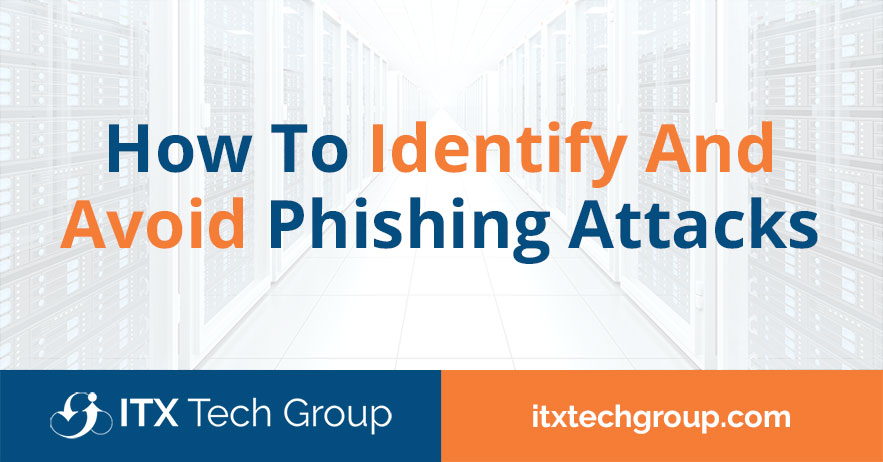These days, communication and transactions are largely conducted online, the threat of phishing attacks looms ever-present.
Phishing has evolved into a highly sophisticated form of cybercrime that targets individuals and organizations alike.
This article aims to shed light on what phishing is, explain its various forms, and provide actionable strategies to help you avoid and identify phishing attacks.
Understanding Phishing
Phishing is a deceptive cyberattack method employed by malicious actors to trick individuals into divulging sensitive information, such as usernames, passwords, credit card numbers, and personal data.
These attackers often disguise themselves as trustworthy entities, using emails, instant messages, social media, or even phone calls to manipulate their targets.
Types of Phishing Attacks
- Email Phishing: This is the most common form of phishing, where attackers send seemingly legitimate emails that contain malicious links or attachments. These emails often mimic well-known organizations, urging recipients to click on links that lead to fake websites designed to steal login credentials or deliver malware.
- Spear Phishing: A more targeted approach, spear phishing involves tailoring attacks to specific individuals or organizations. Attackers gather personal information about their targets from social media or other sources to make their phishing attempts more convincing.
- Whaling: Whaling targets high-profile individuals, such as executives or CEOs, with the aim of stealing valuable corporate information or financial data.
- Smishing: Short for “SMS phishing,” this type of attack uses text messages to deceive recipients into clicking on malicious links or responding with sensitive information.
- Vishing: Also known as voice phishing, vishing involves attackers using phone calls to impersonate legitimate organizations and trick recipients into revealing personal information.
How to Avoid and Identify Phishing Attacks
- Scrutinize the Sender: Always verify the sender’s email address before interacting with any email. Pay close attention to domain names and be wary of slight misspellings or variations that indicate a fake address.
- Think Before You Click: Hover over links in emails to preview the URL before clicking. Verify that the link leads to a legitimate website. If you’re unsure, avoid clicking and instead manually enter the website address into your browser.
- Avoid Sharing Sensitive Information: Legitimate organizations will never ask you to share sensitive information like passwords or credit card details via email. Be cautious of any such requests.
- Enable Multi-Factor Authentication (MFA): Whenever possible, enable MFA for your online accounts. This adds an extra layer of security, requiring a second form of verification beyond your password.
- Stay Informed: Keep up-to-date with the latest phishing techniques and trends. Cybersecurity awareness training can help you recognize and respond effectively to phishing attempts.
- Use Security Software: Install and regularly update reputable antivirus and anti-malware software to help detect and block phishing threats.
- Be Skeptical of Urgent Requests: Phishing emails often create a sense of urgency to prompt quick action. Take a moment to evaluate the situation and verify the request through a trusted channel before responding.
- Verify with the Source: If you receive an email requesting sensitive information or action, contact the sender using official contact information from their website or official communication channels to confirm the request’s legitimacy.
Conclusion
Phishing attacks continue to be a significant cybersecurity threat, exploiting human psychology and the trust we place in digital communications.
By understanding the various forms of phishing, staying vigilant, and following best practices to avoid and identify phishing attacks, individuals and organizations can significantly reduce their risk of falling victim to these malicious schemes.
In a world where our digital lives are interconnected, safeguarding our personal and sensitive information against phishing attacks is paramount.
ITX Tech Group has been serving small, medium, and large scale businesses with their IT support needs all over the United States since 2011, so we’re confident we can provide you with affordable, professional IT solutions for years to come!
Connect with us for a free consultation to discuss your business technology needs.

